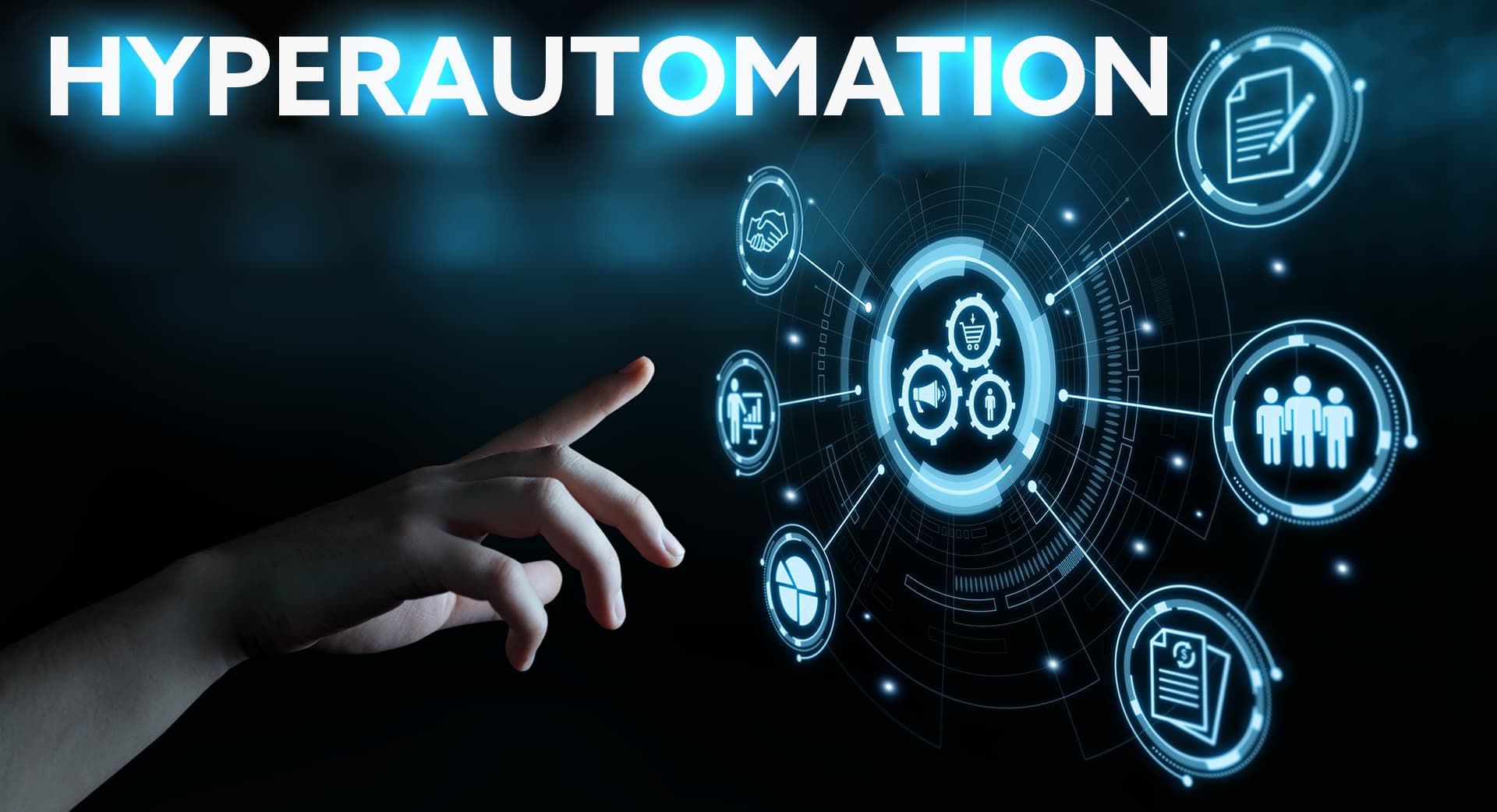By Manoj Chaudhary, CTO and SVP of Engineering
With powerful integration solutions and low-code application platforms (LCAPs), businesses are making hyperautomation happen faster than ever
- To survive and compete throughout the pandemic, companies have been digitizing their business operations at a highly accelerated pace.
- Gartner coined the term “hyperautomation” to describe the underlying transformation necessary for this digitization: the automation of every business and IT process possible.
- To achieve hyperautomation, businesses must integrate the applications and systems they rely on to deliver products, services, and solutions to their customers.
- A powerful integration platform can expedite this process, and low-code development capabilities for non-technical staff can further accelerate efforts.
With the pandemic driving more business transactions and internal processes online than ever before, companies have been moving with unprecedented speed to transform and digitize their operations. In 2020 alone, businesses accelerated their digital adoption by seven years compared to previous rates.
Rather than slowing after the initial shock of the pandemic, the pace now seems to be part of a “new normal.” To remain competitive, companies are looking for ways to move even faster and work smarter.
Gartner identified the need to transform operations and operate at a highly accelerated pace as a top strategic trend in both 2021 and 2022. The analyst coined the term “hyperautomation” to signify “a disciplined, business-driven approach to rapidly identify, vet, and automate as many business and IT processes as possible.”
What does hyperautomation look like?
Businesses of all types, sizes, and industries can benefit from the power of hyperautomation. Many companies launch their hyperautomation initiatives by tackling processes within the following core business areas:
- Accounts payable: receiving, processing, and paying invoices
- Travel and expense reporting: pulling data from receipts, checking for compliance with company policy, and approving reimbursements
- Order management: extracting order information from customer communications, updating systems based on order placements and cancellations, and triggering necessary actions
- Lead generation: identifying app and site visitors using IP and other data, feeding information to outreach platforms, and extending targeted ads or emails
- Customer service: classifying customer queries (from email, texts, and chat) and matching requests to potential actions
- Claims handling: intaking claims data, checking for alignment with customer policy, and performing settlement transactions
- Miscellaneous document processing: extracting, validating, and enriching data from purchase orders, pay slips, medical records, and prescriptions
With growth a pressing concern, hyperautomation is a top priority
As always, growth is a pressing concern for C-level executives. The acceleration of digital business initiatives is currently the most effective way to grow, and hyperautomation makes those efforts possible. Additionally, business leaders are interested in hyperautomation’s potential to:
- Drive down costs. Gartner predicts that organizations combining hyperautomation technologies with redesigned processes will lower their operational costs 30% by 2024.
- Improve agility. Digitizing processes greatly enhances a company’s ability to shift flexibly and adapt to a changing business landscape.
- Enable collaboration. By integrating technology across processes and systems, companies enable better data access and seamless communication across operations.
- Boost productivity. Streamlined, automated processes free employees from repetitive tasks and allow them to focus on higher-value activities.
To achieve hyperautomation, start with integration
At its core, hyperautomation is about transforming an organization’s processes for gathering, analyzing, and deploying data. Every hyperautomation effort requires a toolbox with robotic process automation (RPA), data warehousing elements (data lakes and data integration hubs, for example), and analytics solutions.
To apply these tools, businesses first need to integrate the multitudes of applications and systems they rely on to deliver products, services, and solutions to their customers. With a powerful integration platform, this process can be completed faster than ever before. And now, low-code development capabilities are enabling users throughout an organization—including non-technical staff—to build integrations, advancing hyperautomation efforts with even more speed.
Low-code applications are changing the game
Typically, when a new requirement changes a process or workflow across systems, business teams have to wait for IT staff to custom code an integration. And with most IT departments currently overwhelmed by requests, it can be a long wait.
But with low-code tools, including low-code application platforms (LCAPs), employees external to central IT—or “business technologists”—can build integrations, keeping operations moving. For organizations launching or in the midst of hyperautomation efforts, LCAPs with an integration platform are an invaluable tool for accelerating the underlying integrations required.
To provide companies with the low-code development capabilities their business users need, Jitterbit now offers Vinyl, a seamless extension of Jitterbit’s integration and automation offerings. Learn more about Jitterbit’s LCAP now.



